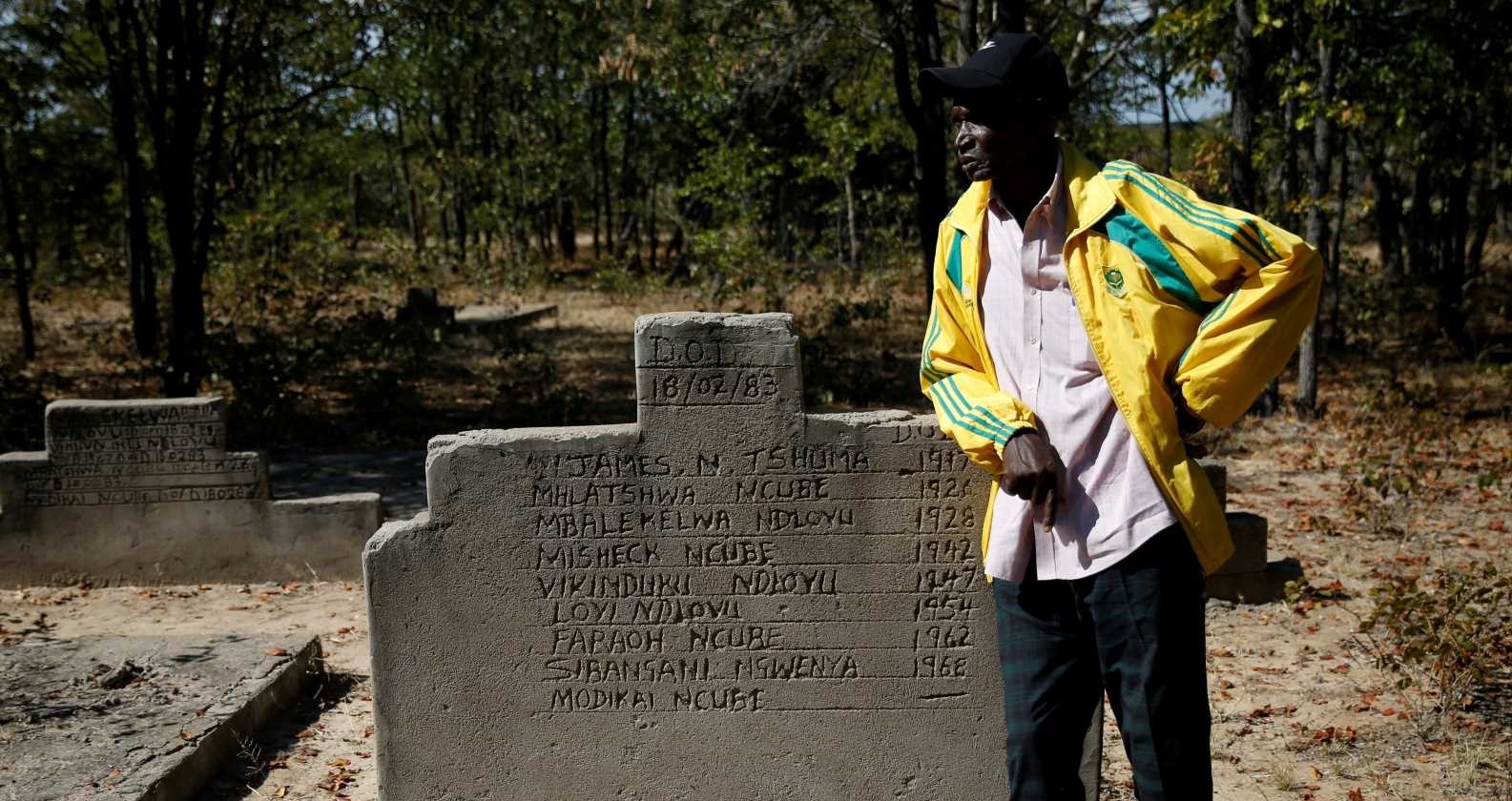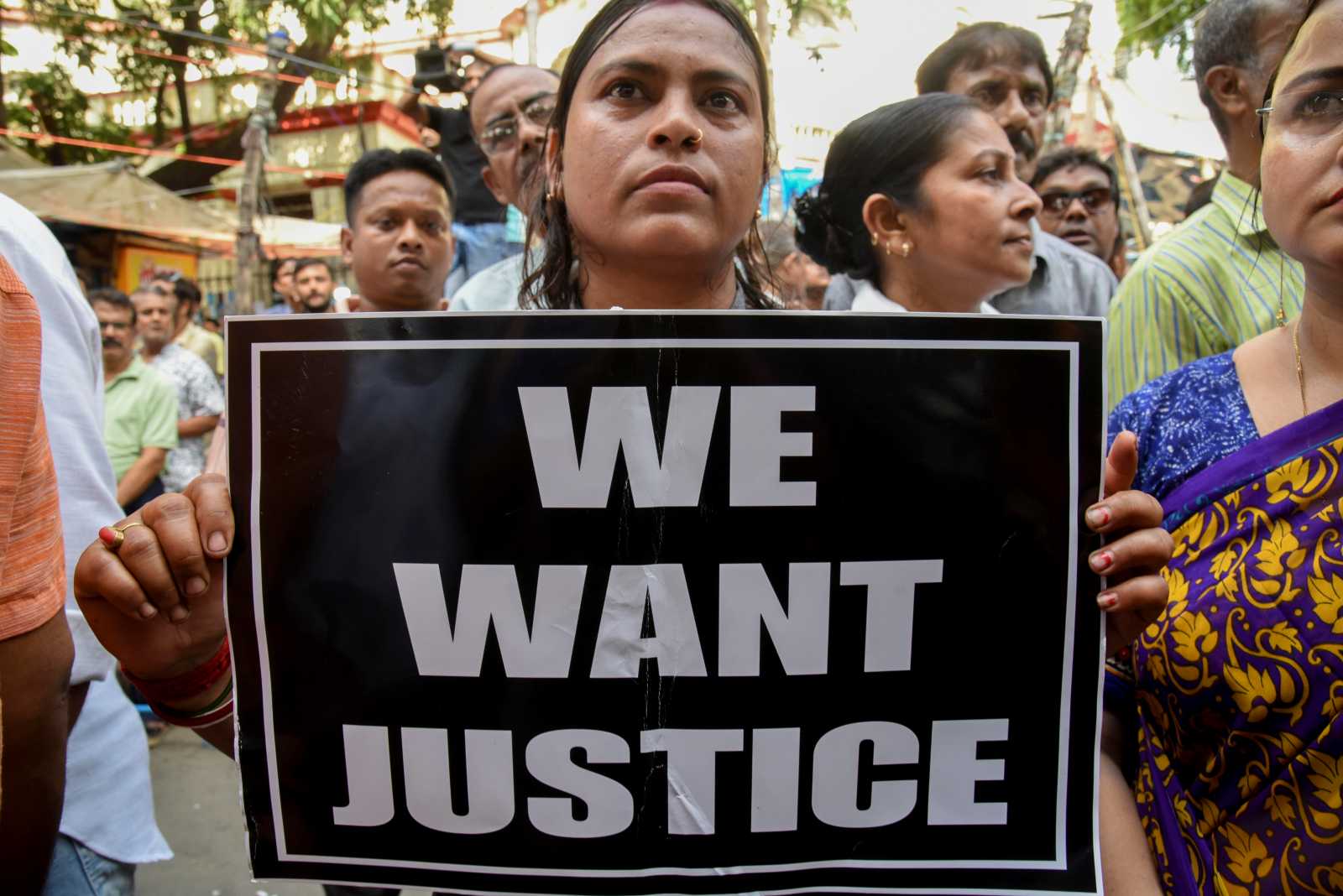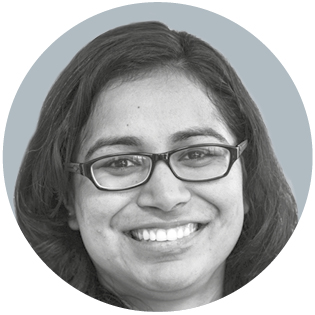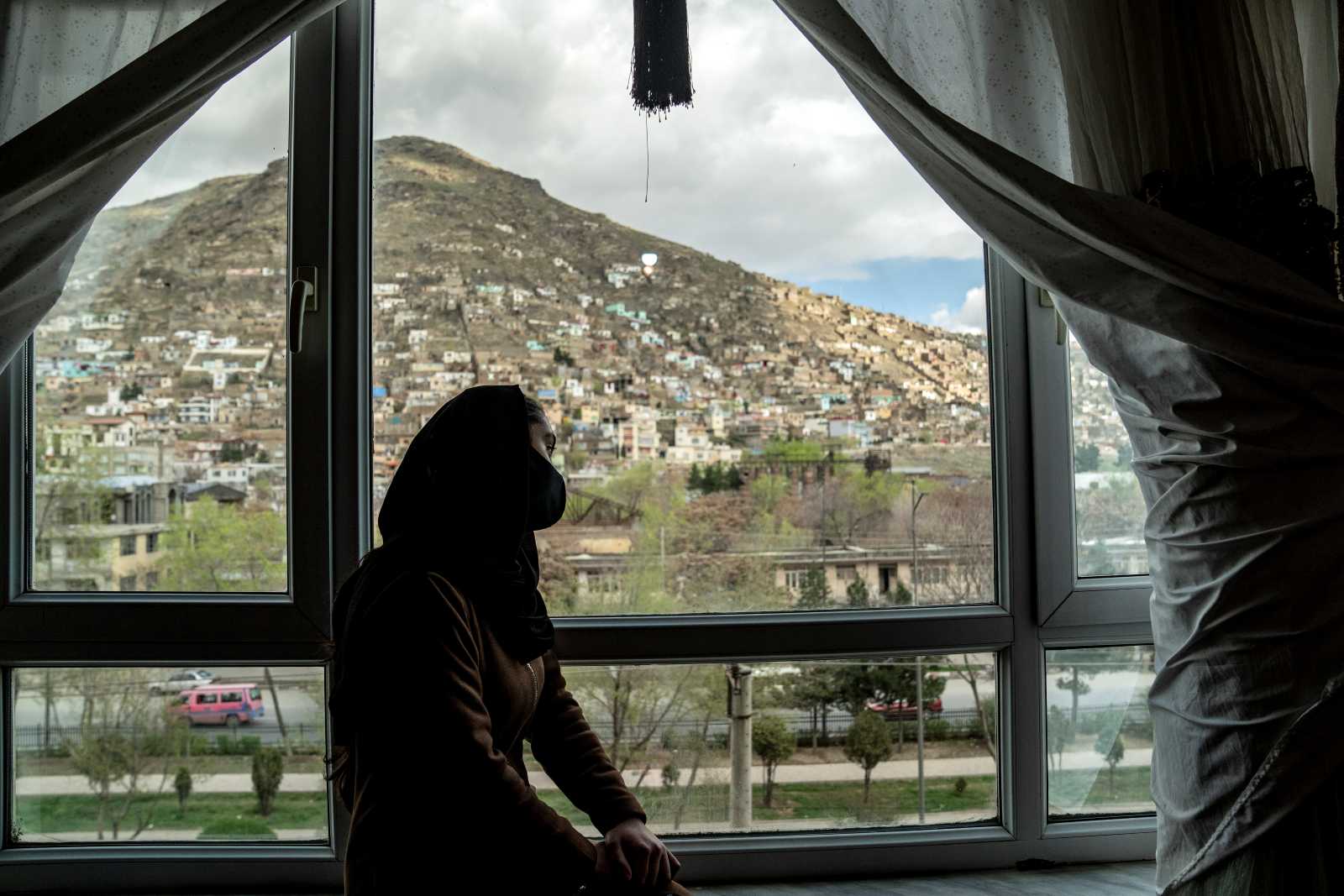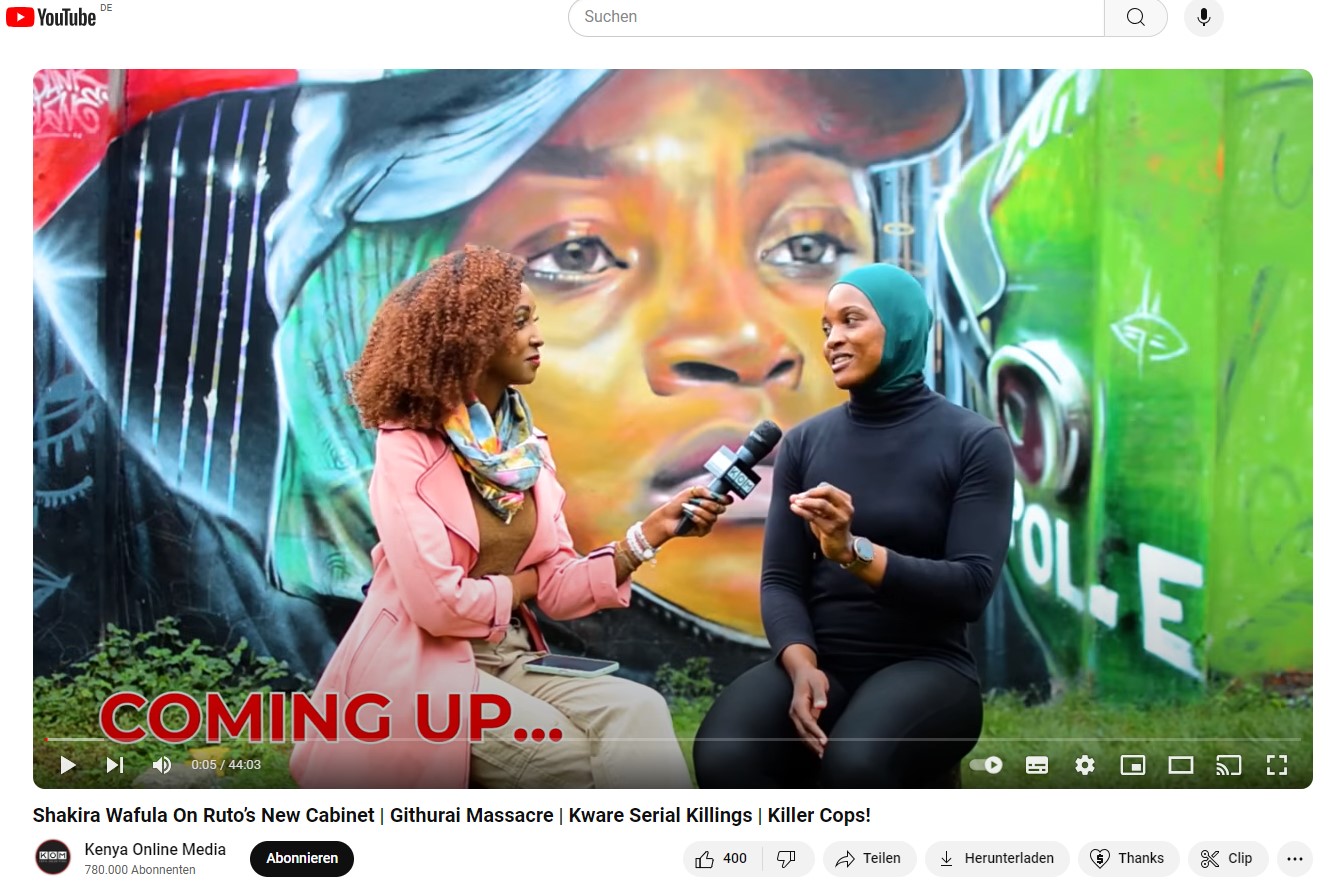Identity politics
Why the acronym BIPoC is less useful than it seems

In the USA, BIPoC broadly covers communities that suffer discrimination. Nonetheless, it is controversial even in North America because not every person who belongs to a minority wants to be lumped into one big category to form an opposite to white people. Making matters more complicated, there are “bi-racial” people with white and black parents. Does that make them coloured in the same sense as, let’s say, migrants from India are?
I’ll return to how complicated identity issues are in India in a moment. Let me point out first that, the acronym BIPoC is mostly useless in Africa. Discrimination and oppression exist, but the identity markers that matter have nothing to do with skin colour. The fault lines run mostly between different tribes who tend to speak different languages or at least different dialects. Religious affiliations may play a role too.
Not belonging to the right ethnic group means having fewer and less attractive career opportunities, for instance. Tensions can erupt in bloody violence and dreadful civil wars. I’ll only name two of the probably worst examples:
- Three years after Nigeria’s independence from Britain, a civil war erupted. It lasted until 1970 and claimed more than 2 million lives. The background was that leaders of the Igbo people, a large ethnic group in Nigeria’s southeast, demanded a separate sovereign country of their own, not least because they resented the influence of pre-dominantly Muslim tribes from Nigeria’s north.
- In 1980, two allied, but distinct liberation movements ended white minority rule in Zimbabwe. They drew their respective support from different tribes. Two years later, the government, which was dominated by one, turned against the other, and genocidal violence followed.
Migration from Africa to North America, moreover, means that there are different kinds of Black communities. African Americans share the history – and lasting traumas – of slavery. People who newly arrive from Africa, often find that bewildering, as the Nigerian author or Chimananda Ngozi Adiche spelled out in her bestselling novel Americanah. (Half of a Yellow Sun, another novel of hers, is about the Biafra war and excellent too.)
No single Indian word for “caste”
In south Asia, the BIPoC acronym is similarly useless. What matters most in India, is which caste someone belongs to. That is common knowledge around the world. What is less well understood, is how complicated the system is. Most foreigners do not know that Indian languages use two different terms for what outsiders call “caste”.
- The “varnas” are the categories used in Hinduism’s Holy Scriptures, and they distinguish Brahmins (religious leaders with often considerable landholdings) from Kshatriyas (nobility, typically with military skills), Vaishiyas (trades and bankers) and Shudras (peasants and artisans).
- The more important term, however, is “jatis”, which basically stands for something like clans.
Jatis permeate all faith communities and not only the Hindus, as the Varna system does. On the other hand, not all Hindus have a place in the Varna system. The lowest jatis are outcast(e)s who do not belong into the four categories. They are now commonly called Dalits, which means “the broken ones”. Their history is marked by brutal suppression and exploitation.
How exactly a jati fits into the Varna system can be a matter of dispute. There are regional differences. Moreover, there are hierarchies within the Varna categories. Some Brahmins are more prestigious than others, and again regional differences matter very much. Whether the Brahmins are really the top category, is not that clear either. The international perception is based on how Brahmin authors described the system. I doubt that powerful monarchs or prosperous moneylenders considered the Brahmins they hired for religious services to be their superiors. That is not what employers normally do when they pay someone to work for them.
The jati system is quite strong. Even today, people tend to marry within their own social group.
Caste discrimination in the USA
In the USA, of course, Indian immigrants become Asian-Americans or Indian Americans (not to be confused with American Indians). Some of them are in positions of great influence. Sundar Pichai is the CEO of Google-parent Alphabet and Satya Nadella is the CEO of Microsoft.
What non-Indian Americans have begun to learn in recent years is that Indian immigrants bring along the jati system to the USA. Complaints about caste discrimination in tech companies have actually led to legislation to protect Dalits. These rules serve to protect one kind of persons of colour from another kind, which shows that the BIPoC acronym sometimes does not even fit in the country where it originated. It is certainly no coincidence, that both of the CEOs mentioned above are Brahmins, which does not mean, however, that they personally have promoted caste-discrimination. There are many Brahmins in India who support progressive causes.
Basing policies on identities is generally problematic. The reason is that identity is something subjective. Identity is neither God-given nor natural. Who and what the person identifies with depends on many things, and social stratification certainly plays a role, but that role changes over time. Societies do not stay the same. The more identities are politicised, the more rigid they become, which makes it harder to achieve equality at the individual level.
Side-effects of “positive” discrimination
The long-term consequences of affirmative action (which is about guaranteeing disadvantaged communities quotas in social spaces where they are systematically underrepresented) can be counterproductive. Both India and the USA use such reservation policies.
After several generations of such “positive” discrimination, however, the beneficiaries often tend to be the children of previous beneficiaries. Consider the Obama family, for example. Michelle Obama’s working-class parents could not afford to send her to an Ivy League college. Thanks to affirmative action, she got degrees from Princeton and Harvard and became a well-paid lawyer. Her daughters, however, no longer need affirmative action. The children of US presidents do not lack opportunities. This, of course, is an extreme example.
The full truth, nonetheless, is that, while black families are still disproportionately poor in the USA, there now also is a substantial number of Black professionals. They have high incomes as lawyers or doctors, for example, and their children benefit from affirmative action while white kids from much poorer families do not. This scenario breeds resentment but does not reduce the inequality further.
India too has affirmative-action policies (called reservations). They are supposed to uplift Dalits, Adivasis (indigenous tribal communities who are also outside the Varna system) as well as “other backward castes” (basically Sudras). As in the USA, the children of beneficiaries become privileged, as their parents provide more opportunities than others of their community, and the reservation system gives them an edge over other middle-class competitors. The reservations obviously entrench identity politics that revolve around securing benefits for one’s own jati.
However, the census, which takes place every 10 years, does not include information on what caste people belong to. After all, the governmental aspiration since independence has been to overcome the caste system. Basing important policies on a category system that is supposed to fade away is awkward, to put it mildly.
None of this means that systemic racism does not exist. It does. Some communities are indeed disadvantage. Positive discrimination, however, does not solve the problem. Instead of reserving places in higher education for specific communities, it would be more helpful to grant individuals from socio-economically disadvantaged families privileged access to higher education. That kind of policy could help Dalits in India and Black people in the USA because their communities are particularly affected by poverty, but it would not be based on group identity.
Heather McGhee, a Black policy analyst, has elegantly shown how racism in the USA actually hurts white people. It makes people focus on the fight for privileges rather than on the public good.
What community does Kamala Harris belong to exactly?
A better approach is possible. The USA is actually a good example for identities being less fixed and more fluid than often assumed. Kamala Harris is the first Black vice president, but also the first Indian American and the first woman to hold that office. Her accent, however, is typical of university town scholars, which is no surprise, given that she grew up in Berkley, where the main campus of the huge University of California lies. Migrants’ children pick up the accent of the place where they live, not their parents’, who, in Harris’ case, were academics.
Her mother was a Brahmin immigrant scientist from India. She worked at one of the University’s most prominent laboratories. Her father, and economist, was from Jamaica and taught at Stanford University, the prestigious private Californian university. As is common in the USA, her parents divorced when she was a child. In India, that would have been a scandal. On the US west coast, it was not that big a deal.
Speaking of marriage: As a young student, Harris would most likely not have been accepted as the bride in an arranged Brahmin marriage in Tamil Nadu. After all her father was neither Brahmin nor Tamil. He did not have any Indian ancestors and did not belong to any jati at all.
In the USA, “bi-racial” is a common term today. Two generations ago, it would not have made sense. Back then, US society basically used the one-drop rule, according to which anyone with a single negro ancestor was negro too, and yes, negro was the word generally used, including by civil-rights leaders such as Martin Luther King. Changing language reflects shifting ideas and shows that group identities are neither God-given nor natural. They matter politically, but if we want to move beyond them, our policies should not reinforce them. Well-designed redistribution through taxes and social benefits can help to overcome systemic racism. By contrast, special privileges for special groups do very little to contribute to ending privilege in principle.
Hans Dembowski is the editor-in-chief of D+C/E+Z.
euz.editor@dandc.eu

